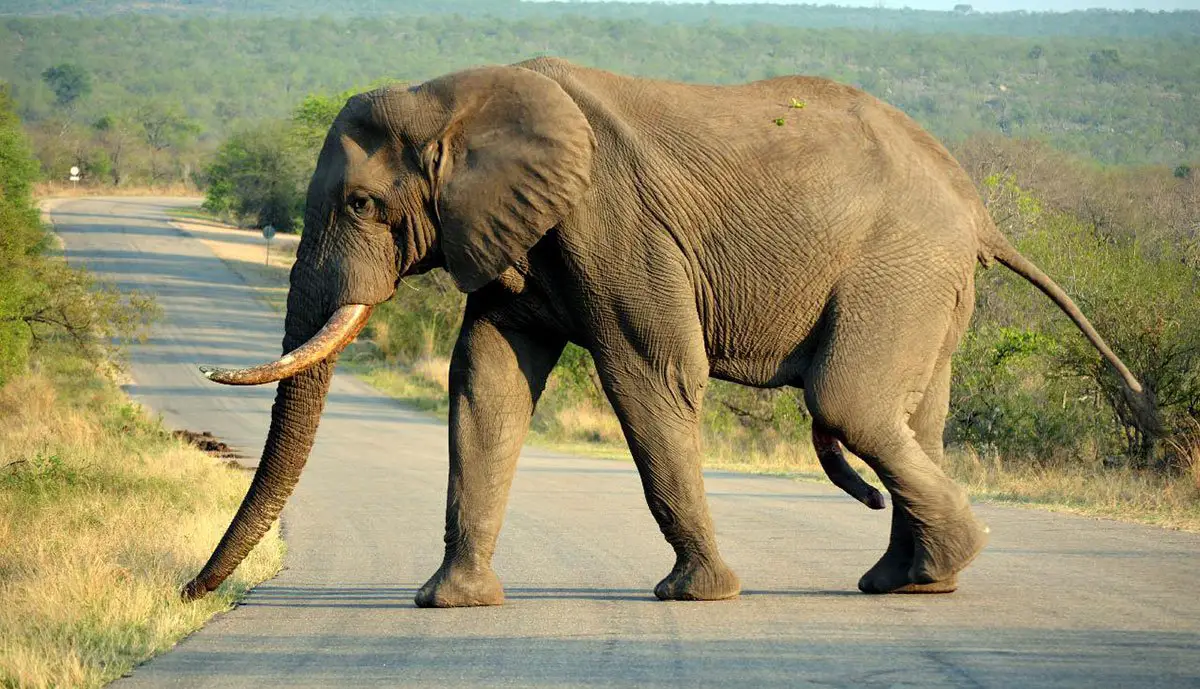Hawaiian monk seal (Neomonachus schauinslandi) belongs to the group of true seals. Only two of the monk seal species are alive today and Hawaiian monk seal is one of them. The other one is Mediterranean monk seal. Hawaiian monk seal is one of the only two mammals that inhabit Hawaiian Islands. The other mammal is Hawaiian hoary bat. Hawaiian monk seal is closely related to harbor seal.
The color of its upper coat is grey and white from the underside. It has all-black big eyes with flattened head. Its nostrils are located at the top of its snout and it closes them down as the seal submerges underwater. Its slim body is shaped like a torpedo.
Females are larger than the males. A female Hawaiian monk seal averages 8 feet in length and weighs around up to 600 pounds in weight. Adult male seals are, on average, 7 feet long and weigh up to 400 pounds. At birth, the size of a pup is 3.33 feet and weighs around 30 to 40 pounds.
Hawaiian monk seal has a lifesp an of 25 to 30 years.
an of 25 to 30 years.
The breeding season occurs from June to August. A female gives birth to single pup and becomes mature at the age of 4 years. The mother weans her pup after 6 weeks and until that time, the pup gains around 150 pounds of weight.
It is native to Hawaiian Islands and the only seal to live here. It is congregated in huge numbers along the Northwest of Hawaiian Islands.
It spends most of its time in shallow coral reefs to eat fish.
The primary diet of Hawaiian monk seals is bony fish that inhabits coral reefs. They also feed on octopus, squid and other cephalopods as well as crustaceans like krill, crabs and lobsters.
The native people of Hawaii call Hawaiian monk seal as ‘Ilio-holo-i-ka-uaua’, which means ‘dog that runs in rough water’.
The predators of Hawaiian monk seal are Galapagos sharks and Tigers sharks.





